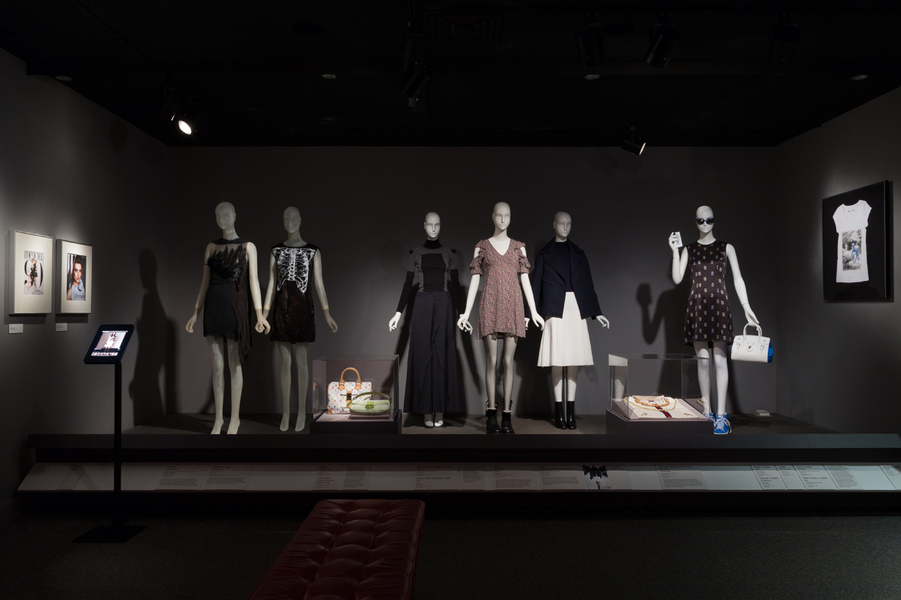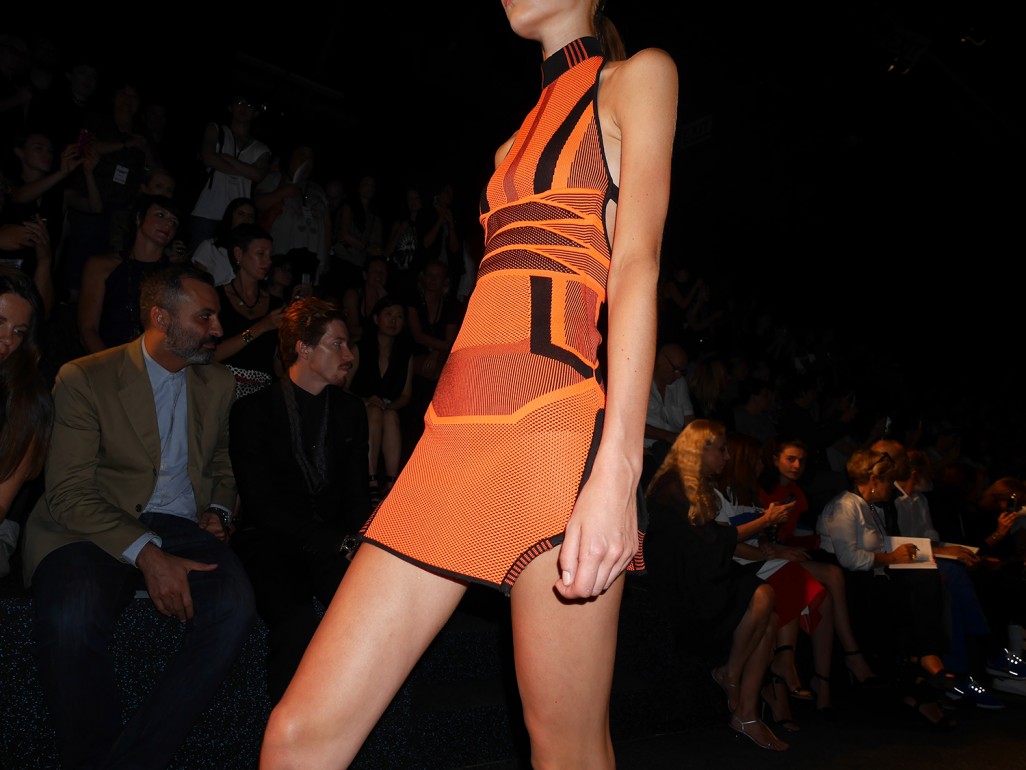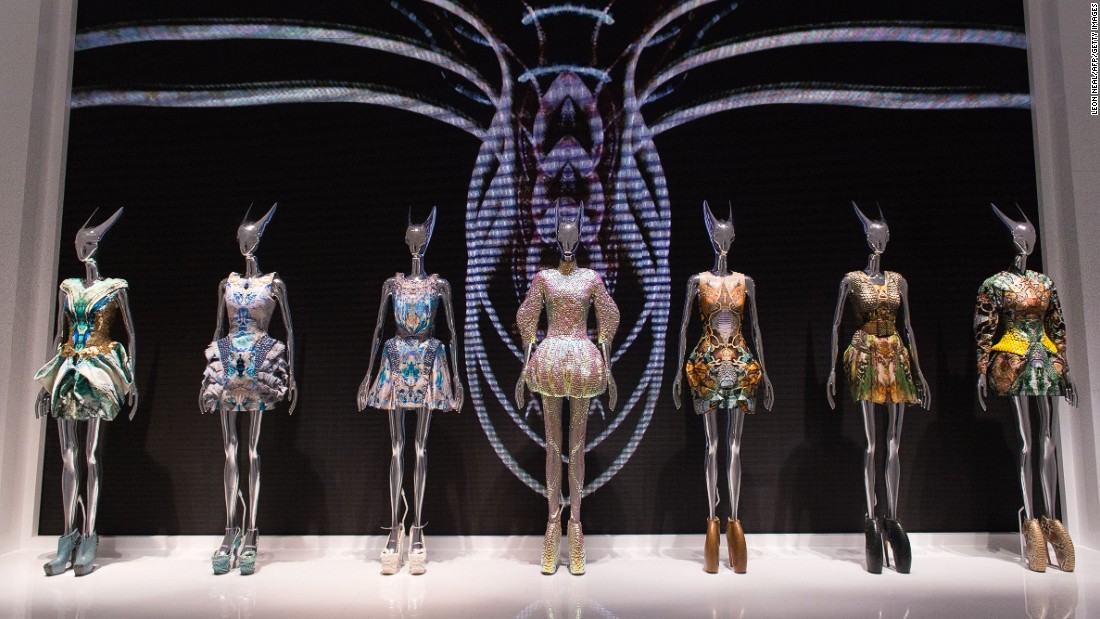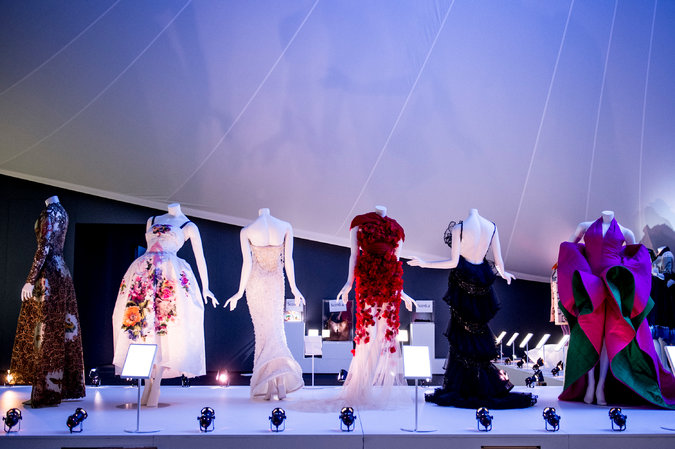An exhibition on Global Fashion Capitals has recently opened at the Fashion Institute of Technology Museum in New York to reveal the global progression of style. The exhibition includes over eighty pieces collected from around the world, showcasing each city’s cultural uniqueness and talented designers determined to seize international attention.

Most of us are probably aware that the key Fashion Capitals in the world include New York, Paris, London and Milan, however the exhibition also features sixteen emerging Fashion Capitals such as Tokyo, Antwerp, Stockholm, Berlin, Istanbul and a myriad of others who have likewise contributed to fashion trends and generated significant economic profit because of it!
The exhibition begins with a digital style map that locates each Fashion Capital and displays their most recent runway and street-style photographs. Naturally, Paris – the birthplace of haute couture – is the first city to be showcased which includes designs from Christian Dior, Charles Frederick Worth, Gabrielle Chanel and evolving designer, Bouchra Jarrar. New York begins with an evening gown designed by Nettie Rosenstein and concludes with a neon orange dress from Alexander Wang’s sporty spring/summer 2015 collection. Also included in the New York feature were designs from Halston, Ralph Lauren and Claire McCardell.

Italy’s Fashion Capital, Milan, was represented by iconic designers Versace and Prada, however also included upcoming designers such as Stella Jean. Provocative designers of the ‘60s such as Vivienne Westwood, Alexander McQueen and John Galliano represented London and arguably established London’s fashion presence.

The selection of cities was not arbitrary; a number of indicators were considered to determine whether each city was in fact an emerging Fashion Capital. For example, whether or not each city is home to successful forward-thinking designers and hosts fashion weeks attended by international press and buyers.
When revisiting the past, many factors have been attributable to the development of a city’s fashion scene be it politics, economics or government support. During the renaissance era, the cultural power exerted by Milan was its drive to becoming Europe’s main trendsetter. London’s fashion scene flourished with the influence of the British Empire and Queen Victoria during the 19th century. New York city rose in prominence as a Fashion Capital after World War II developing and commercialising sportswear as fashion during the ‘40s and ‘50s.

Tokyo claimed its place with avant-garde designers Issey Miyake, Yohji Yamamoto and Rei Kawakubo gaining worldwide attention for their unique designs and use of textiles. More recently, Berlin gained its fashion prominence since the establishment of Berlin Fashion Week in 2007 and over the last decade, China’s economic growth has stimulated consumer demand for international fashion, which has in-turn supported domestic designers such as Uma Wang, Huishan Zhang and Liang Zi.






